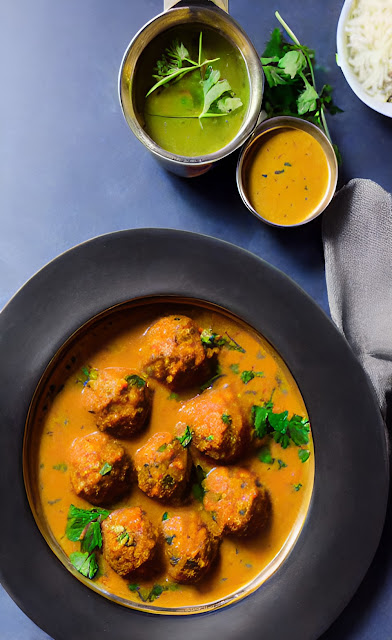Kobe Wagyu, how to cook this meat so that its value is not lost
The term Wagyu (和牛) comes from Japan and doesn't mean much, just "Japanese meat." It is an imprecise term. Often the term "Kobe" is added to the beef referred to, which simply indicates the origin. There is Wagyu meat that does not come from Kobe and cannot be called such, even though the quality and breed of the beef is exactly the same. So to be precise if the meat says "Kobe Wagyu" it means it comes from Japan. In the rest of the cases, it is Wagyu beef but raised in the United States, Argentina or even Spain.
The Wagyu breed is native to Japan, although for several years it has been possible to find it in other countries, at first mixed with breeds that gave it the necessary characteristics to adapt to the new country, and then as a purebred. Within the Wagyu breed there are four sub-breeds or types, the black or Tajima being the most popular for obtaining higher quality cuts of meat.
Wagyu meat is recognizable by the so-called marbling, that is, the fat mixed with the muscle. This gives it a flavor that justifies its fame. Why Wagyu beef has these characteristics has several explanations. Firstly, the Japanese climate, cold or very cold in winter, has caused this breed to develop streaky fat to protect itself from it. The food it receives as well as the breeding in covered facilities are also decisive. To use a simile, Wagyu is the equivalent in its range to Iberian Ham.
This quality is paid for. The cost of a kilogram of sirloin reaches around 100 euros / kg, while the high cut of loin costs about 90 USD / kg, a kilo of prey goes to about 45 USD and the shoulder about 40 USD / kg ( speaking of pure Wagyu breed beef of national origin, not imported).
The high cost of this meat and its characteristics make it essential to know how to cook it well so as not to literally waste the money that has been paid for it.
INGREDIENTS (4 people)
- 1 Wagyu sirloin or loin cut into medallions of about 150-200 grams (5 to 7 oz) each (800 grams, 1.8 lb in total) with a thickness of about 2 centimeters.
- Salt
- Ground black pepper
- Extra virgin olive oil
First of all, the meat must be removed from the refrigerator at least four hours before being cooked, at room temperature and covered with a container that prevents air from entering.
A couple of hours before cooking it, season it with a little salt and black pepper. Be sparing with both flavorings since too much can destroy the fine flavor of this meat. At the time of cooking, if some salt remains on both surfaces of the medallion (something unlikely if you have followed the advice to avoid excess), it is simply removed by gently scraping it with a knife or similar.
It's time to paint the surface of a frying pan with a little olive oil. You can choose a grill-type pan, in case you want to leave the characteristic marks on the meat, or a flat one. It is best that it be heavy, with a good thickness of metal so that it stores heat.
Place it over high heat and when we are sure that it is very hot, we place the meat for 3 minutes on each side if we want it rare and 4 minutes if we want it medium-rare. Wagyu should never be eaten cooked or overcooked because then it loses all its value. The times indicated are exact, so do not exceed at all. If you like accuracy and have a thermometer, the center of the meat should be exactly 55 degrees Celsius (131 F). No more no less.
Now comes the important part. Once the meat is cooked, it should rest for a minimum of 5 minutes and a maximum of 10 minutes. In this way the natural juices of the meat reach their absolute point of perfection.
Of course it is possible to cook Wagyu as you would any other cut of meat, but the way described is the one that most respects its deliciousness.
If you are meat lovers, sooner or later you will surely try Wagyu.




Comments